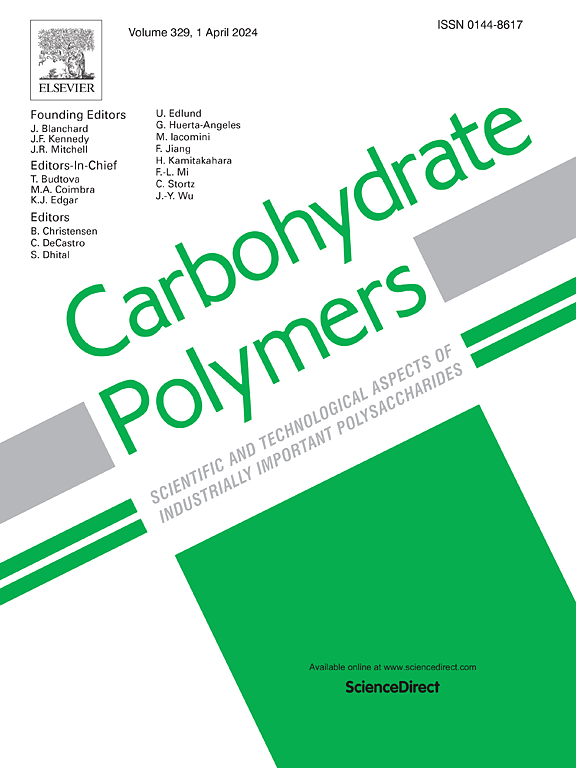Polysaccharide-based green flocculants: A systematic and comparative study of their coagulation-flocculation efficiency
IF 10.7
1区 化学
Q1 CHEMISTRY, APPLIED
引用次数: 0
Abstract
Driven by the quest for greener flocculants, this study explores how cationized polysaccharides can enhance coagulation-flocculation efficiency, filling a gap in systematic comparative analyses. We introduce here a flocculation score which provides a robust framework for flocculation evaluation and comparison. Starch, chitosan, inulin, guar gum, pullulan, and hydroxyethyl cellulose were tested, both unmodified and modified with quaternary ammonium compounds. Promising results in coagulation-flocculation were observed compared to synthetic flocculants like cationic polyacrylamide (cPAM) and Poly(Diallyldimethylammonium Chloride) (pDADMAC).
Advanced techniques such as AsFlFFF-MALS, NMR, PCD, rheology, SEM, image analysis, and zeta potential were used to thoroughly characterize these polysaccharides and their flocculation efficiency. Results revealed notable flocculation enhancement in kaolin suspension (model system) and industrial starch sludge with cationized polysaccharides over their unmodified counterparts. Key influencing factors —molecular weight, charge density, and viscosity— and their trends were identified, with higher charge densities notably enhancing flocculation particularly in kaolin suspensions, and higher molecular weight enhancing flocculation in industrial sludge. Chitosan emerged as the top unmodified polysaccharide, while cationic pullulan and starch were found to lead among modified polysaccharides.
This study highlights eco-friendly cationized polysaccharides, providing insights for optimizing water treatment and a comparative analysis of six polysaccharides' intrinsic parameters and flocculation efficiency.

求助全文
约1分钟内获得全文
求助全文
来源期刊

Carbohydrate Polymers
化学-高分子科学
CiteScore
22.40
自引率
8.00%
发文量
1286
审稿时长
47 days
期刊介绍:
Carbohydrate Polymers stands as a prominent journal in the glycoscience field, dedicated to exploring and harnessing the potential of polysaccharides with applications spanning bioenergy, bioplastics, biomaterials, biorefining, chemistry, drug delivery, food, health, nanotechnology, packaging, paper, pharmaceuticals, medicine, oil recovery, textiles, tissue engineering, wood, and various aspects of glycoscience.
The journal emphasizes the central role of well-characterized carbohydrate polymers, highlighting their significance as the primary focus rather than a peripheral topic. Each paper must prominently feature at least one named carbohydrate polymer, evident in both citation and title, with a commitment to innovative research that advances scientific knowledge.
 求助内容:
求助内容: 应助结果提醒方式:
应助结果提醒方式:


